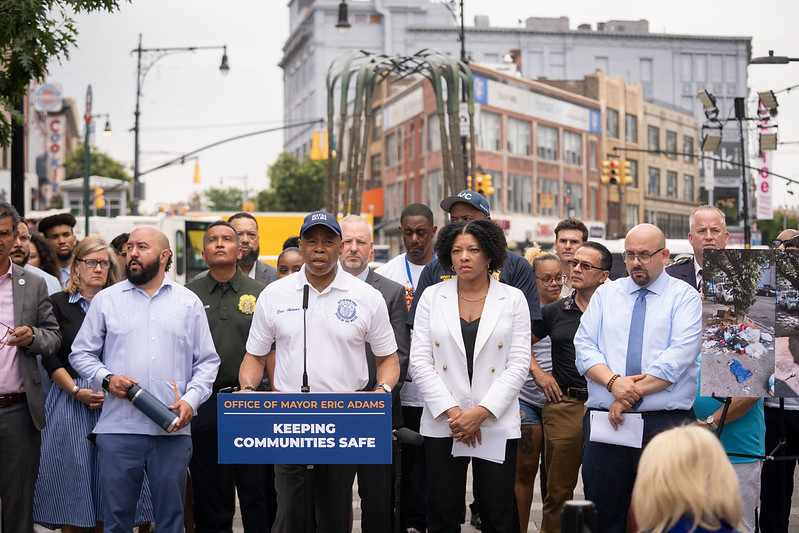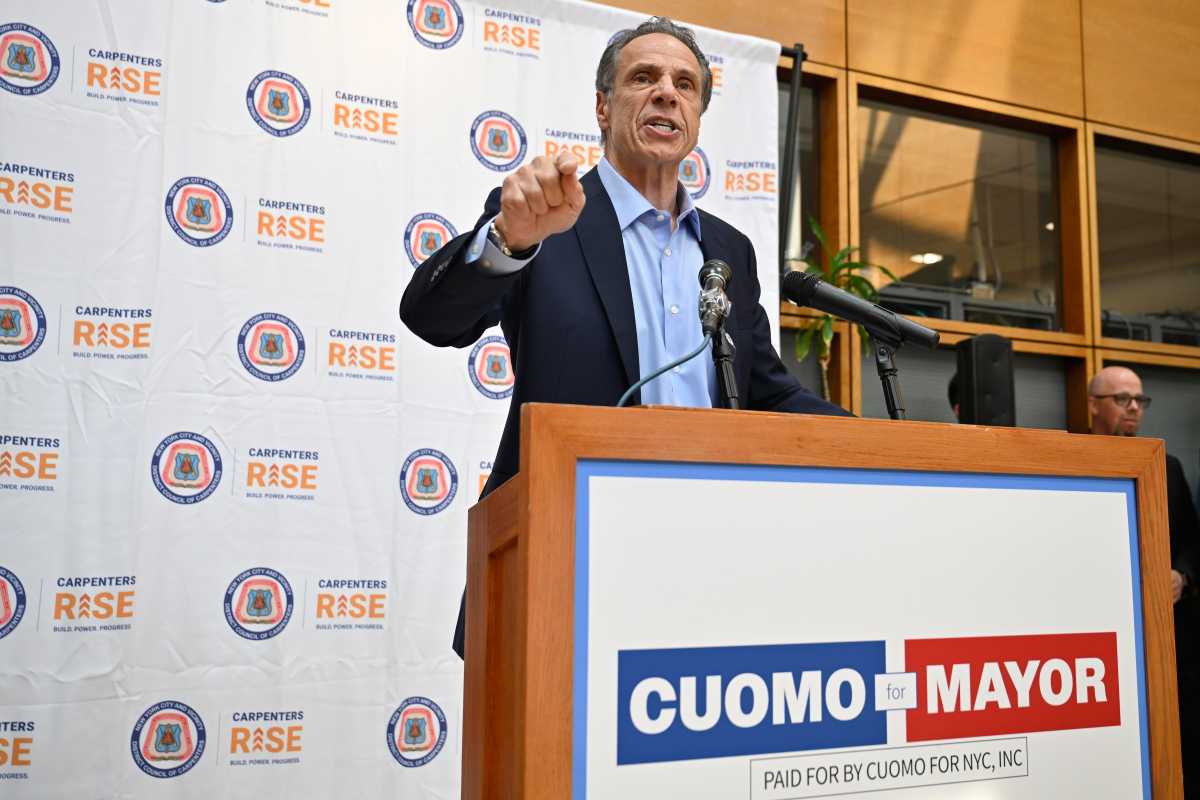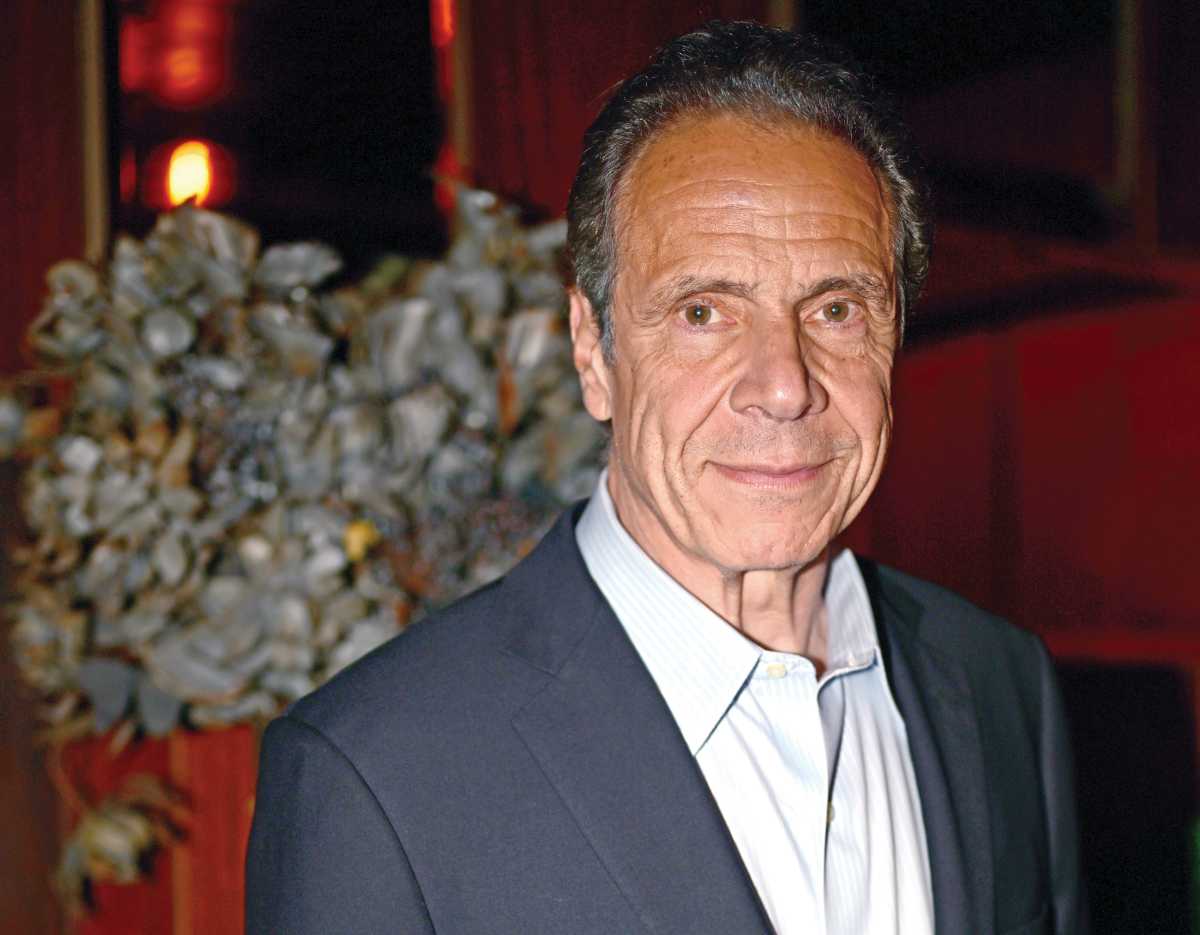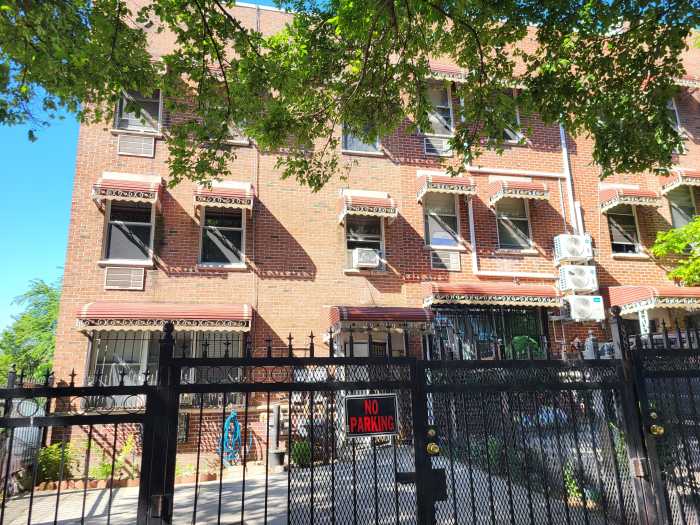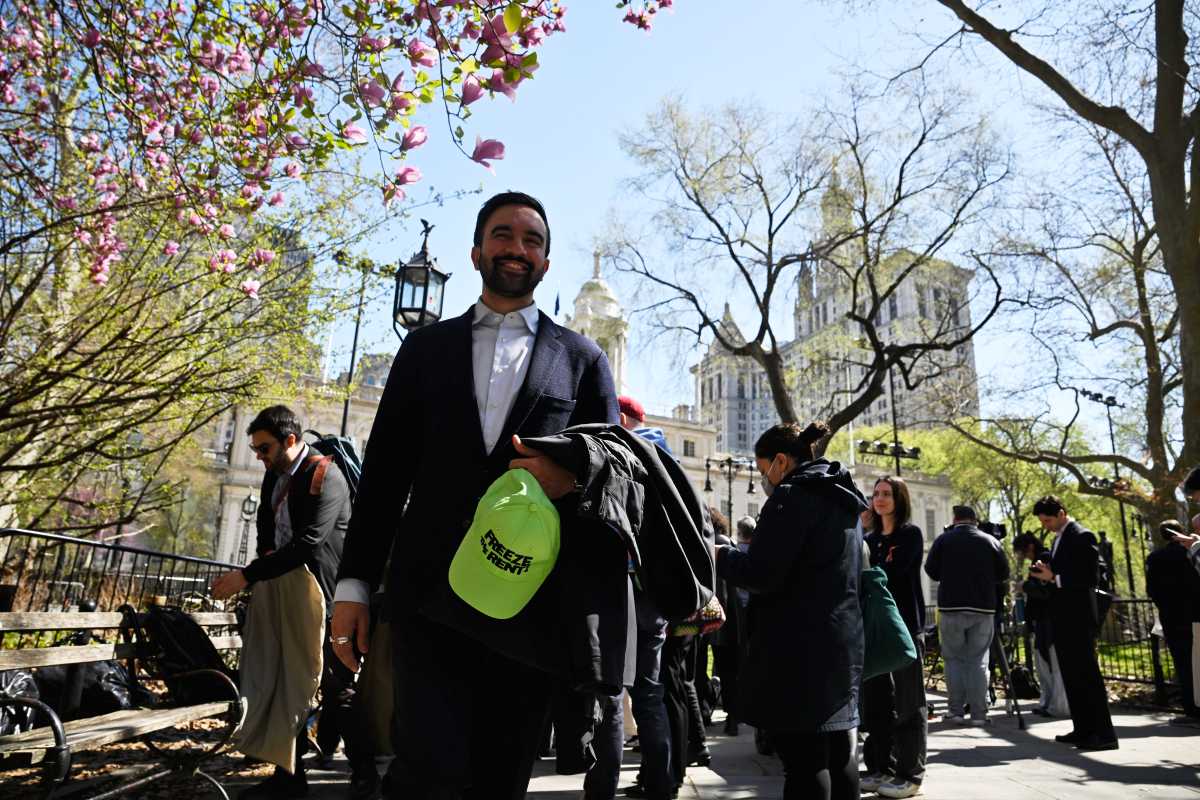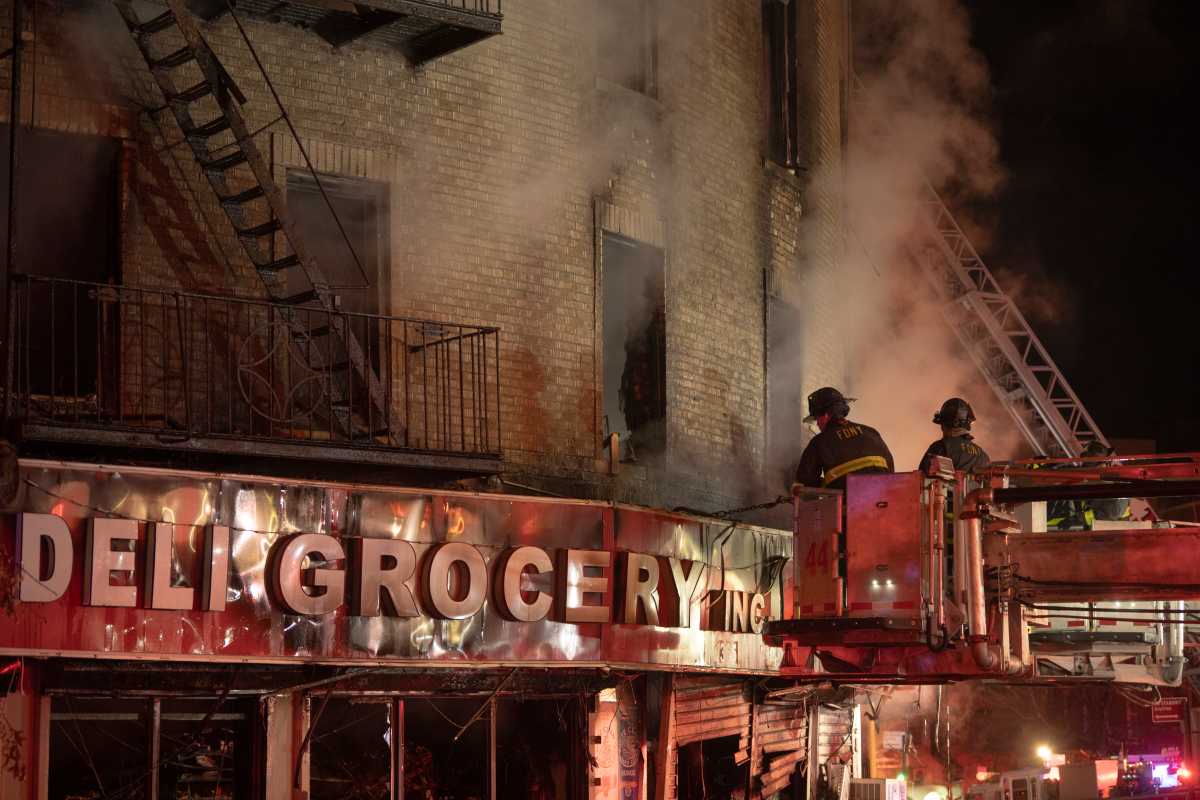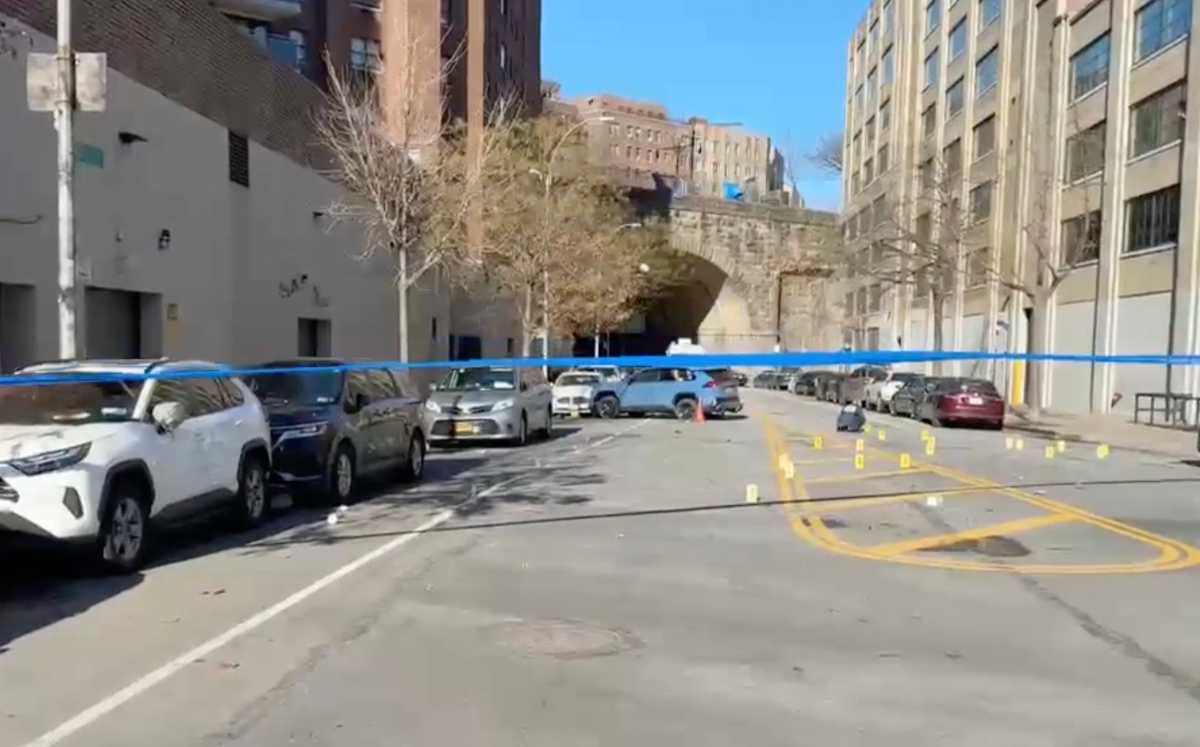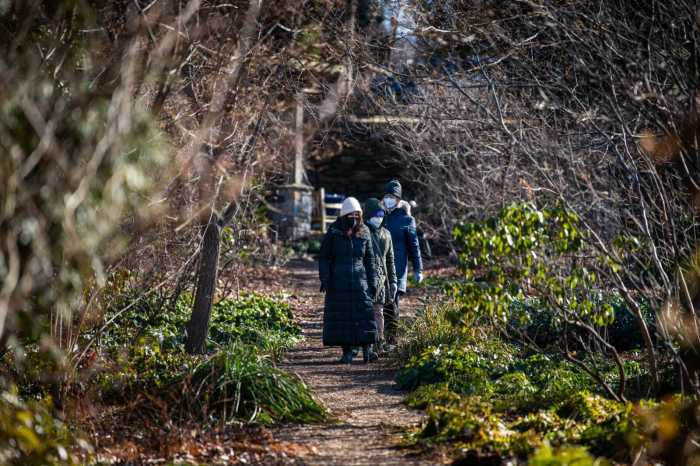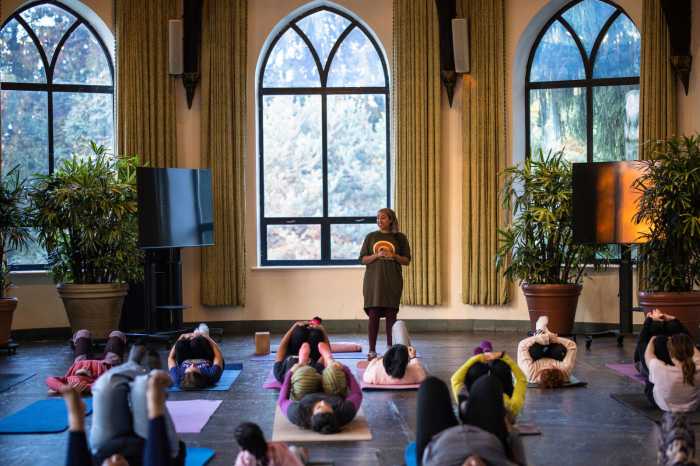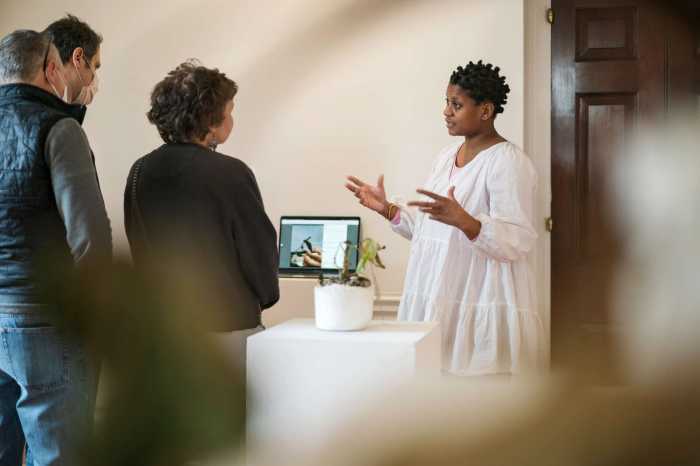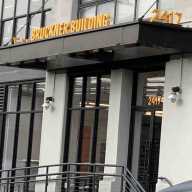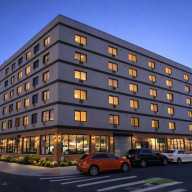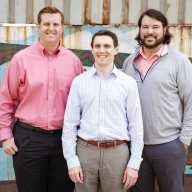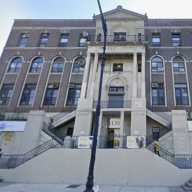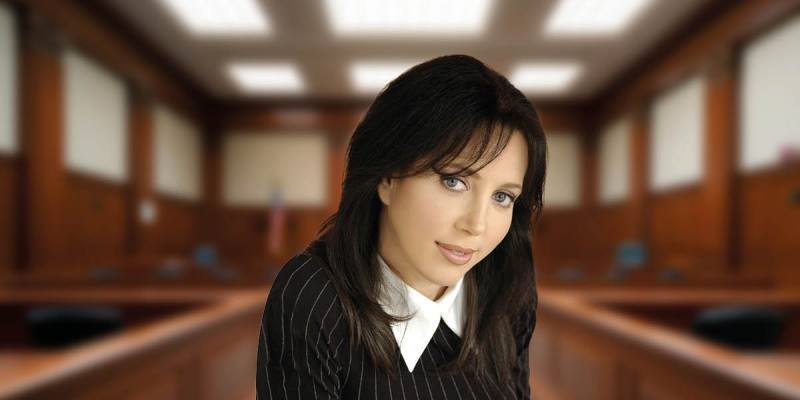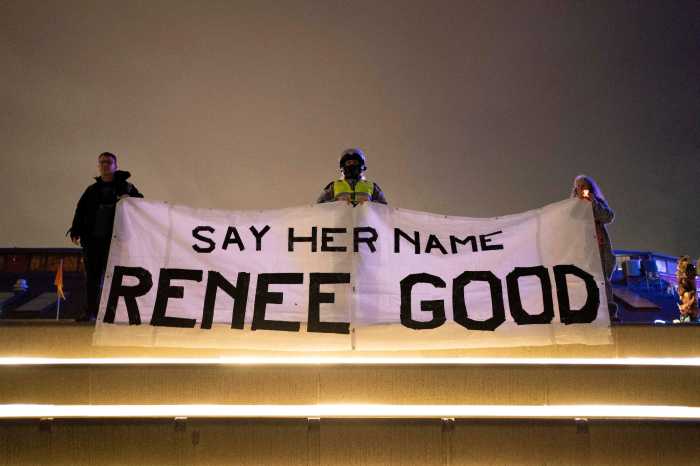Mayor Eric Adams, local officials, agency heads, and business owners celebrated a pristine Roberto Clemente Plaza Wednesday at a press conference, during which the incumbent pledged to return the space to the community.
“Business owners of the South Bronx are fed up, and you know what? We are fed up as well,” the mayor said on July 16. “We are not going to tolerate this type of disorder anywhere in our city, in general, and specifically here in the South Bronx.”
But just outside the metal barriers surrounding the new NYPD/DSNY mobile command center, Bronx residents questioned whether the efforts to clean up the commercial corridor, known as The Hub, were effectively addressing the long-term needs of people who had, until last week, languished in the plaza without stable housing, openly injecting opiates and often overdosing out in the open.
Shawana Dubose, a 47-year-old mother of two, said that she doesn’t think the city’s efforts to clean up the notorious open-air drug market in The Hub will outlive the attention of the media.
“ As soon as they leave and take these [barriers] down, it’s gonna go right back to the same thing,” Dubose said. “So really, what is being done? What help is being given to the community at all? They come down here just to take pictures and do photo ops and really, when are they coming down here to really help people?”
Dubose said that while the Hub and Roberto Clemente Plaza needed to be cleaned up, the people who used to overwhelm the area had simply moved on to continue their drug use in other locations.
“ They just moved,” Dubose said. “Like right now, they just literally moved to the corners [of the streets]. If you look at the corners— these are all the people that’s normally here— but all they did was just move to the corners.”
When asked where people in the plaza were sent or taken when they were removed by a reporter from WNYC, Deputy Mayor Camille Joseph Varlack clarified that, “ We didn’t remove individuals, right? People had to move along because we were clearing the plaza.”
”Our job is not just to come here and do a surface clean,” Varlack said. “Our job is to make sure that we are providing the services that they need. We recognize that folks need a place to go, and that’s one of the things we’re working on.”
But when pressed on “where people were sent or what services they had been given,” Varlack said, “They weren’t sent anywhere; people moved along.”
She went on to clarify that the city is partnering with nonprofits to provide services to people who were displaced by clean-up efforts in the Hub.
“ We’re finding our care teams and deploying them to that area so we can try to encourage people to go inside and get the help that they need,” Varlack said.
But Dubose told the Bronx Times that even though she has had a housing voucher for over a year, she has still struggled to find an apartment. She said she needs work and has contacted the Commission on Human Rights, waiting over four months but yet to hear anything.
“There’s no help for people like us,” she said.
Still, clearing the plaza changed the game for local business owners.
Siraj Bhiyat told the Bronx Times last week that people using drugs in the plaza had taken over his business’s awning and often blocked the entrance to his store, Plaza Discount, which he has owned and operated for 25 years. He said that customers avoided going into his store because a horde of people who were high on opiates scared them away.
Bhiyat said he immediately saw a difference after the plaza was cordoned off last week following a pressure campaign by U.S. Representative Ritchie Torres.
“ I’m glad Mr. Richie Torres came here and he addressed the Mayor’s office and the mayor came and it is therefore neat and clean, “Bhiyat said. “I’m improving my business little by little since last week.”
Pedro Suarez, the executive director of the Third Avenue Business Improvement District, said that since he took over responsibility for the district over a year ago, he had been advocating for a solution to issues plaguing it for years.
“ Complex issues require multi-layered responses, and that’s really what we’ve been asking for,” Suarez said. “I’m glad to see that we’ve gotten this overwhelming response. This community just wants to be seen and heard and feel those changes and in my role at the bid I will continue to advocate for that and work with the city to make sure that the response matches the need.”

